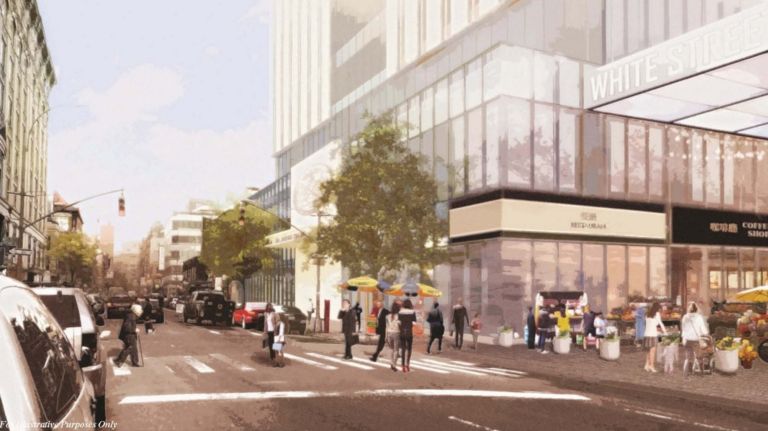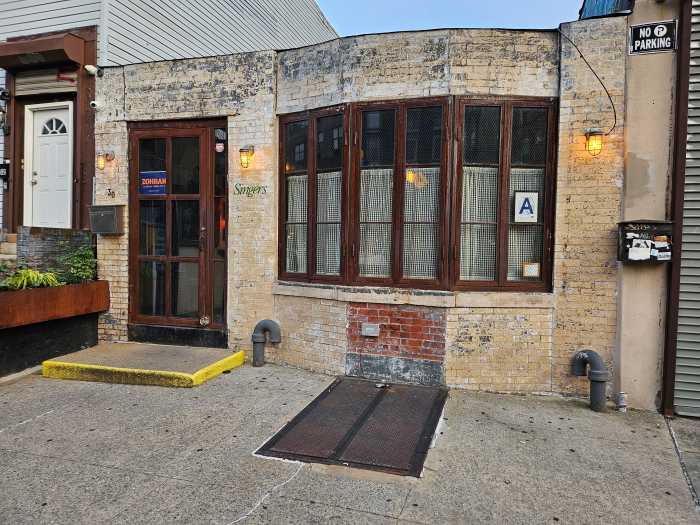
It has long been clear that Rikers Island needs to close.
New York City’s disgraceful collection of jails is crumbling. They are dangerous for inmates and workers and not at all helpful to reintegrate people into society.
Far away from families and lawyers, the island is used “to warehouse and forget,” as then-Attorney General Eric Holder cautioned in 2014.
Its violent environment has not sufficiently improved. Another reminder came this week when the Mayor’s Management Report showed a rise in violence indicators, including the Department of Correction’s use of force.
The city has rumbled toward closure ever since Mayor Bill de Blasio finally got on board in 2017. The city is considering a plan that relies on new, smaller jails in four boroughs to replace Rikers, and the equally heinous barge facility off the Bronx, by 2026. A City Council vote on the new facilities comes in October.
The plan, which would cost $9 billion for facilities in each borough, except for Staten Island, has many benefits.
- There is the practicality of confining inmates closer to home and courts.
- The plan presents an opportunity to break up the violent culture that has plagued Rikers for years.
- Starting from scratch means the city could build more modern and humane jails. New facilities would include day rooms with access to outdoor recreational space, and more space for visiting.
These ideas come at the same time as other sweeping changes in the criminal justice system. Years of crime declines have been paired with some reforms. For instance, fewer people are arrested for minor marijuana possession. The city’s daily jail population has for the first time since 1980 dropped below 8,000. Further changes are coming with Albany bail reforms.
Now, it is up to the City Council to approve the new jails and add to these measures.
Still, there are many questions that need watching as the project proceeds.
Will the new facilities be real improvements, places where inmates can get access to mental health, education and other services? How can the buildings be best integrated into neighborhoods? Are they the right size? Is the current siting plan best, even for the small population of incarcerated women expected to be held in one facility in Queens? What about for inmates from Staten Island, who would be far from home?
New buildings are only a potential step toward changing the violent culture of staff at city jails, and a system that has incarcerated many for small infractions. These must continue to change, too.





































